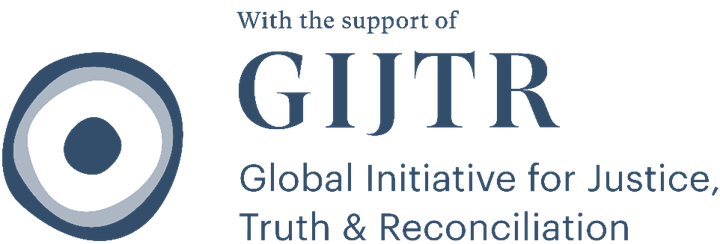Introduction
5.2 An Intersectional Approach to International Law
Intersectionality is a term coined by Prof. Kimberlé Crenshaw. Originally, she used the term to analyse the multiple and overlapping forms of discrimination experienced by African American women in the United States. In the past few decades, UN human rights treaty bodies (committees of experts who monitor States' implementation of human rights treaties) and regional human rights systems have come to embrace intersectionality in their examination of human rights violations.
Case study: Gonzales Lluy et al v Ecuador concerned a girl, Talía, who, after contracting HIV following a blood transfusion that had not been tested for infectious diseases, was barred from attending school, suffered discrimination at the hands of school officials and teachers, and was evicted and forced to move with her family multiple times when landlords found out about her status. While this case does not address CRSV, it exemplifies how an intersectional approach can be used when dealing with persons subjected to multiple and overlapping forms of discrimination.

 EN
EN FR
FR ES
ES UK
UK



